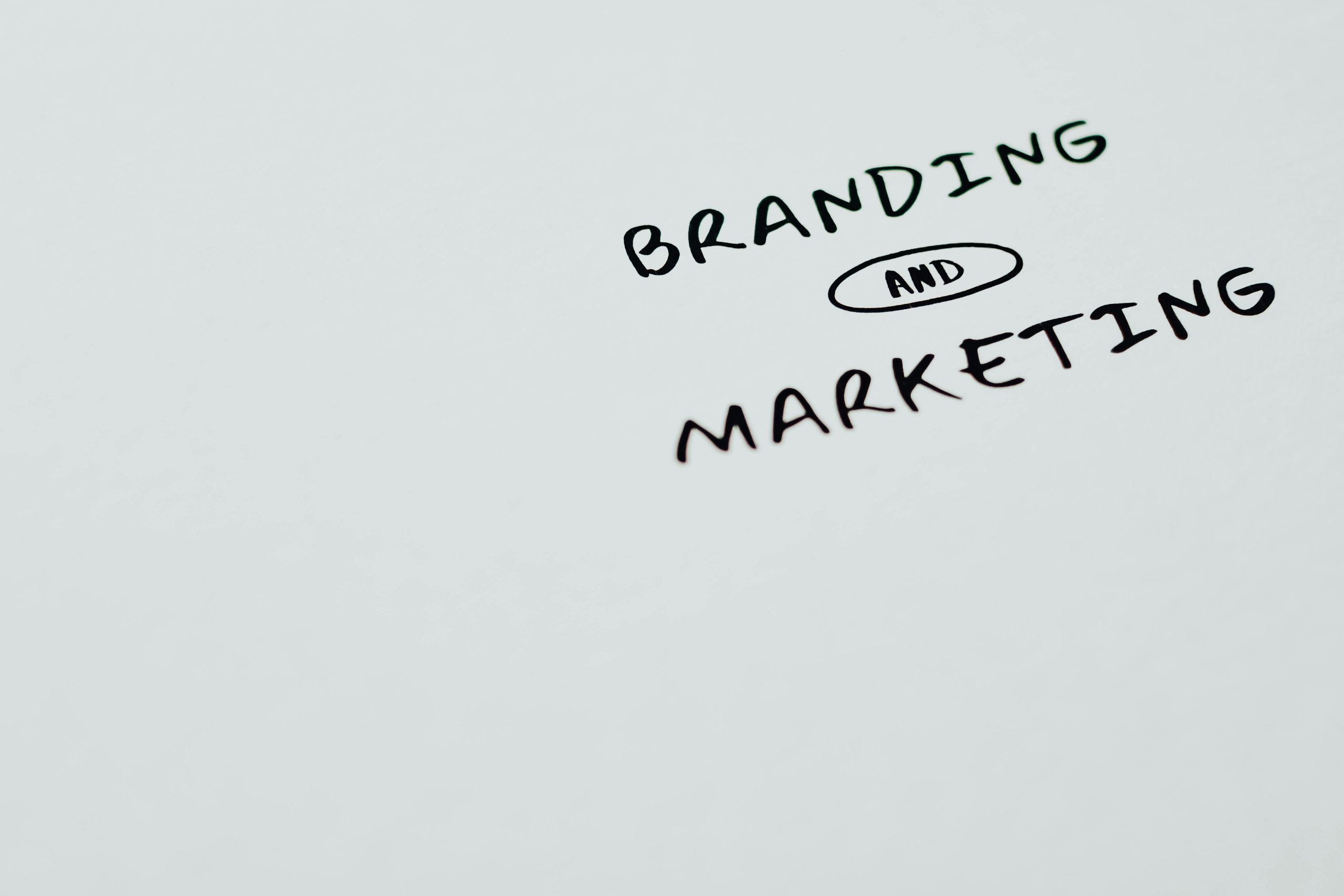When it comes to digital marketing, businesses often face a critical decision: should they invest in content marketing or paid advertising? Both strategies have their merits, but which one delivers a better return on investment (ROI)? The answer isn’t always straightforward—it depends on your goals, budget, and timeline. In this post, we’ll break down the differences between content marketing and paid advertising, examine their pros and cons, and help you determine which approach (or combination) is right for your business.
Understanding Content Marketing and Paid Advertising
Content marketing focuses on creating and distributing valuable, relevant content to attract and engage a target audience. This includes blog posts, videos, infographics, eBooks, and social media posts. The goal is to build trust, establish authority, and nurture long-term relationships with potential customers.
Paid advertising, on the other hand, involves paying to promote your brand, products, or services through channels like Google Ads, Facebook Ads, or sponsored content. Paid ads offer immediate visibility and can drive quick results, but they require ongoing investment to maintain momentum.
The Pros and Cons of Content Marketing
Pros
- Sustainable Growth: High-quality content continues to attract traffic long after it’s published, thanks to SEO and organic reach.
- Builds Trust: Educational and informative content positions your brand as an industry leader.
- Cost-Effective: While content creation requires effort, it doesn’t rely on ad spend, making it budget-friendly in the long run.
Cons
- Slow Results: Content marketing takes time to gain traction and deliver measurable ROI.
- Requires Consistency: Success depends on regularly publishing high-quality content.
- Competitive: Standing out in crowded niches demands creativity and strategic SEO.
The Pros and Cons of Paid Advertising
Pros
- Immediate Impact: Ads can drive traffic, leads, and sales within hours or days.
- Precise Targeting: Platforms like Facebook and Google allow hyper-specific audience segmentation.
- Scalable: You can increase or decrease ad spend based on performance and budget.
Cons
- Costly Over Time: Ads stop delivering results the moment you stop paying.
- Ad Fatigue: Audiences may become desensitized to repetitive ads, reducing effectiveness.
- Lower Trust: Consumers often view ads with skepticism compared to organic content.
Which Strategy Delivers Better ROI?
The ROI of content marketing vs. paid advertising depends on your business objectives:
- Short-Term Goals: If you need quick results—like promoting a limited-time sale—paid advertising is the better choice.
- Long-Term Growth: For building brand authority and sustainable traffic, content marketing wins.
- Budget Constraints: Small businesses with limited funds may prefer content marketing for its long-term value.
- Hybrid Approach: Many businesses combine both strategies—using paid ads to boost high-performing content or retarget engaged visitors.
How to Measure Success for Each Strategy
To determine which strategy works best, track these key metrics:
Content Marketing Metrics
- Organic traffic growth
- Time on page and bounce rate
- Lead generation and conversion rates
- Social shares and backlinks
Paid Advertising Metrics
- Click-through rate (CTR)
- Cost per click (CPC) and cost per acquisition (CPA)
- Return on ad spend (ROAS)
- Conversion rates
Conclusion
There’s no one-size-fits-all answer to whether content marketing or paid advertising is better. The right strategy depends on your business goals, resources, and timeline. Paid advertising excels at delivering fast results, while content marketing builds lasting value. For the best ROI, consider integrating both approaches—using paid ads to amplify your content and drive immediate conversions while nurturing long-term growth through organic content. By understanding the strengths of each strategy, you can create a balanced marketing plan that maximizes your return on investment.
